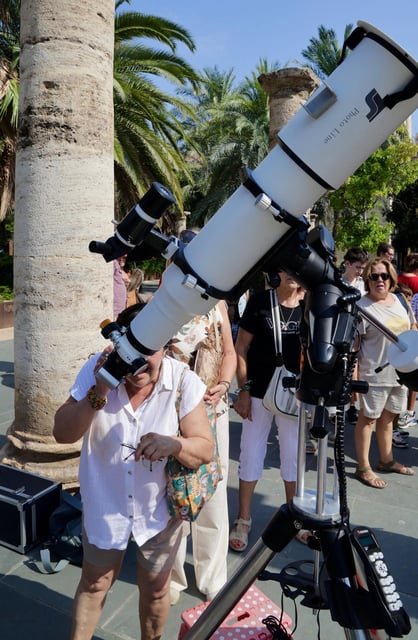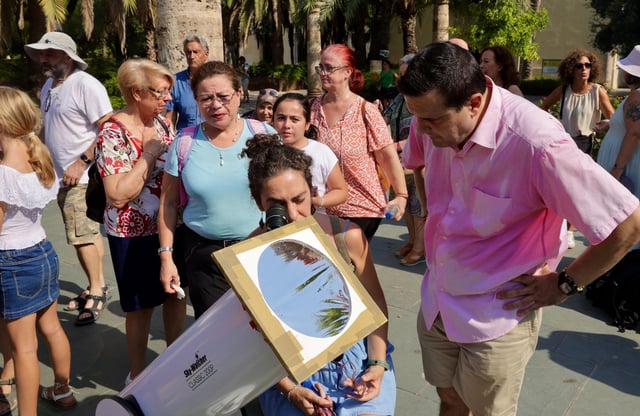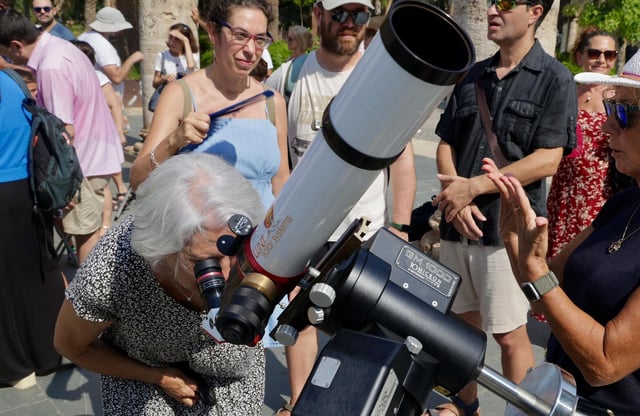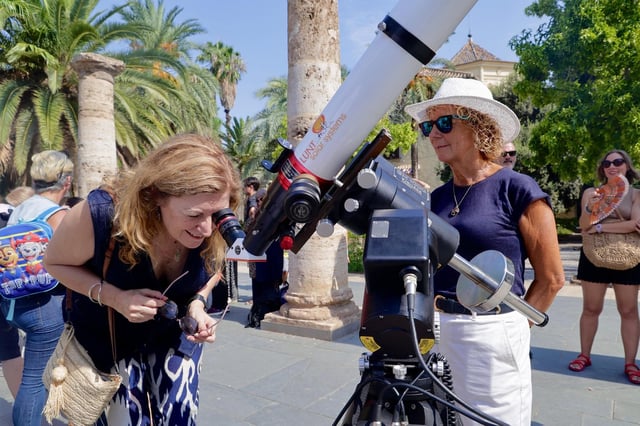Overview
- The annual Perseids shower reached its maximum on the night of August 12–13 under an 84 percent illuminated waning gibbous Moon
- NASA and the American Meteor Society estimate many observers will see roughly 20–25 meteors per hour in moonlit conditions
- Premium dark-sky locations could still deliver up to 50–100 meteors per hour if observers avoid lunar glare
- Astronomy organizations advise choosing rural sites, avoiding bright lights and screens, and giving eyes 20–30 minutes to adapt
- Public viewings at Madrid miradores, Mexican dark-sky parks, California programs and Argentine lookouts are underway and the shower remains active through late August



